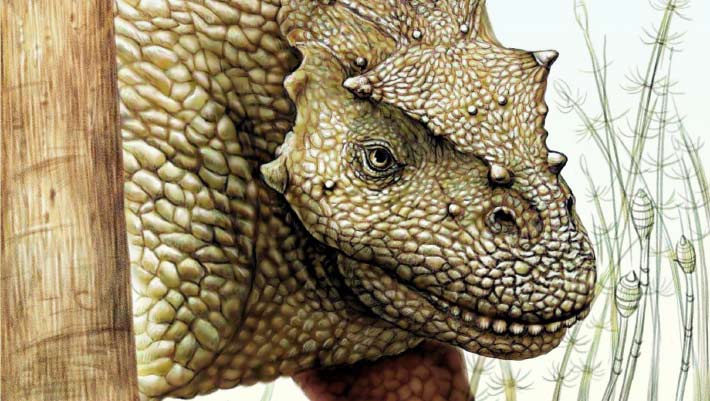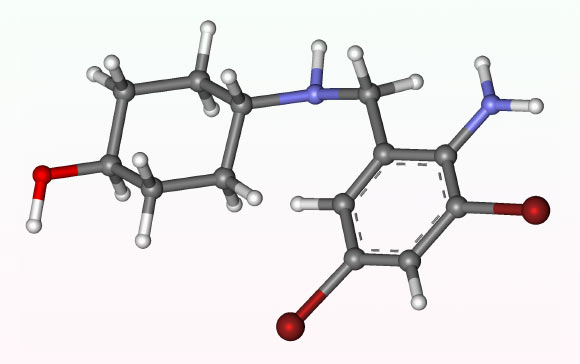Now Reading: New Herbivorous Tetrapod Species from Permian Era Discovered in China
-
01
New Herbivorous Tetrapod Species from Permian Era Discovered in China
New Herbivorous Tetrapod Species from Permian Era Discovered in China

Quick Summary
- Paleontologists in China have identified a new genus and species of pareiasaur named Yinshanosaurus angustus.
- The creature lived during the latest Permian period, approximately 259-254 million years ago, on the supercontinent Pangea.
- Pareiasaurs were herbivorous tetrapods that existed worldwide before falling victim to mass extinction events.
- Two specimens-a nearly complete skull and an articulated skeleton-were discovered in 2018 from Shanxi and Nei mongol provinces in northern China.
- Yinshanosaurus angustus was noted for having the narrowest skull among all known pareiasaurs. This revelation provides significant cranial and skeletal details about Chinese pareiasaurs for the frist time.
- Research findings were published in Papers in Palaeontology this month.
Indian Opinion Analysis
The discovery of Yinshanosaurus angustus adds critical insight into prehistoric life during the Permian period, a time known for both flourishing biodiversity on Pangea and devastating extinction events like the end-Permian crisis. For India’s academic community, especially paleontologists studying Gondwanan fauna or global biogeography, such findings may help draw comparative patterns between paleofaunal records across continents.
The broader importance lies in advancing global understanding of ecosystem dynamics during periods of climatic upheaval-a subject relevant not only to historical inquiry but also to modern climate challenges faced by India today. Additionally, collaborations like these among international scientists emphasize both China’s growing contributions to paleobiology research and opportunities for cross-border academic partnerships moving forward.


























